How Caching can be Done in WordPress?
March 24, 2015

We all know that WordPress is a popular platform used for creating websites and blogs. It is mostly used by business enterprises and when talking about the WordPress Speed, we can see innumerable things and blogs available regarding various tips to boost the speed of WordPress.
To make WordPress work faster there are various tutorials available, however in today’s blog we are going to discuss about every single phase of optimizing the WordPress website and making it work quickly.

So, the two important things in any website are: a) Caching .b) Optimizing Data. So, let’s discuss about one of the easiest things say Caching.
Caching: Word Press
When it comes to speed up the website, Caching is one of the most important technique due to popular and easy to use Word Press caching plug ins and it’s one of the basic techniques that reduce the database load and headway the website to work quickly.
Now, there are two types of caching, client side caching and server side caching. Client side caching is mostly done by the visitors’ browsers. This means when visitors come to the website, browsers will store the data of some parts of web pages.
Client Side Caching
This type of caching is mainly done by visitors’ browsers. In simple terms, we can explain it like when the visitors visit any website their browser saves the data from some parts of the web pages. On the other hand browsers cache some data such as CSS and Java script files and this data can be useful for doing some fine tuning by means of .htaccess files.
This means with the help of .htaccess files a simple header called “Expires” can be added like this.
These code lines can be placed in .htaccess file and then you are ready to do caching.
Server Side Caching
Word Press Server Side caching includes four main caching types: Page caching, database caching, object caching and operation code caching. To understand them in proper manner, these are described as follows.
- Page Caching: WordPress outputs pages by using database query as well as providing the relevant results. In Page caching, when any visitor visits the website every page is captured as an html file in the server’s local storage and serves those HTML files that are related to the web pages.
- Database Caching: Database is considered as the center of any Word Press website which is the store house of all data and it is very less effective when the same Word Press query is done repetitively on each and every page for every visitor.
Database caching is useful to serve the results as well as rejuvenate the results in case another such query is made.
- Object Caching: Object caching is one of the internal APIs of the WordPress which permits the plugins to save the information of such expensive queries.
- Opcode Caching: Codes are the mode of instructions used for editing and gathering the details and make requests. It’s a type of caching that saves the edited code thus increasing the speed of the process at a considerable manner.
Further for WordPress Caching, two types of Plugins are available
- WP Super Cache: It’s one of the most well known WordPress Caching Plugin which is widely used by people. It functions by creating static HTML files and refreshing them at regular time intervals. This sometimes may not work for high traffic websites.
- W3 Total Cache: After WP Super Cache, this one is another popular WordPress Plugin which is suitable for websites having maximum traffic running from VPS or any other suitable hosting platform.
It contains several types of settings and also offers high performance caching options and this may be one of the best solution for making WordPress caching an easy task.
Wind up:
Hope this blog post will help you to understand WordPress caching in a perfect manner and in case if you have any issues then you can get connected with Softqube Technologies, Custom WordPress Development Company to solve your problems and get proper guidance.
Next time, we will take a look at Database Optimization in WordPress, so stay tuned with us!
Share on







